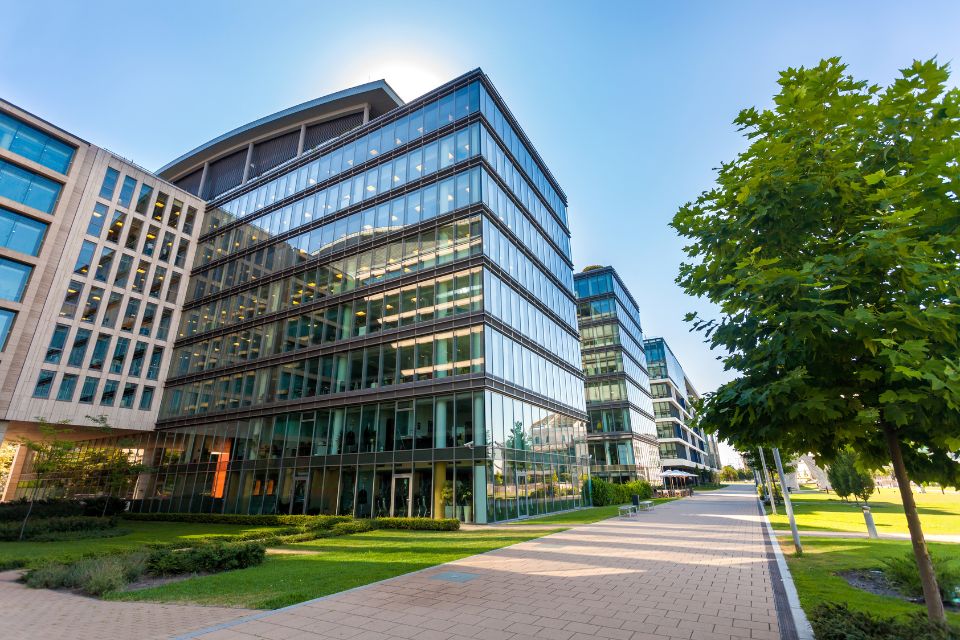Structures serve various purposes, and it’s essential to differentiate spaces. In this case, get the facts about commercial buildings. Discover what makes a building commercial and learn other important information!
What Is a Commercial Building?
By definition, a commercial building is a place where at least 50 percent of its floor space is for commercial activities, such as retail and food service. This differs from commercial properties that include multi-family buildings—apartment complexes. Therefore, a large building with commerce and residential activity doesn’t qualify as a commercial space. That said, areas where commerce happens are what make a building commercial. Those interested in investing in these properties can consider seeking out commercial property agents to get more enlightened on the subject matter.
Commercial Buildings vs. Residential Properties
As mentioned, commercial properties with residential floors don’t qualify as commercial buildings. However, it’s important to distinguish these two entities.
Commercial construction includes large-scale projects like retail and industrial spaces. It also entails building parts that are bigger than residential ones. For instance, a big difference between commercial and residential roofing is the roof’s size. Naturally, larger spaces require more roofing material. That’s why grocery store and mall roofs are larger than single-family home roofs.
As building footprints expand, designers and facilities teams must plan for safe, insulated roof access and effective daylighting solutions. Manufacturers such as Surespan provide glazed roof access hatches and skylights designed to maximize thermal efficiency, durability, and secure rooftop entry. Considering these products early in a project can minimize long-term heat loss, simplify rooftop servicing, and improve overall lifecycle performance. With this practical planning, large commercial roofs remain functional, energy-efficient, and reliable for decades.
On the other hand, residential construction includes small-scale projects like detached homes, townhouses, and condos. Assembling residential properties is less time-consuming than assembling commercial buildings. Furthermore, construction codes and permits are less complex than they are for commercial spaces.
Other Significant Factors
Besides construction size and time, commercial buildings and residential properties have different costs and design flexibility. Developers and government agencies finance commercial spaces, and prospective homeowners use cash or bank loans to purchase homes. Additionally, residential properties offer more design flexibility and last-minute changes!
Types of Commercial Buildings
Commercial buildings are everywhere! If you work in an office, shop around town, or dine at restaurants, you’re a frequent commercial-space visitor. To help you better understand the kinds of properties that qualify as commercial, the following facilities are commercial ones:
- Retail stores
- Office buildings
- Warehouses
- Restaurants
- Hotels
- Manufacturing facilities
- Multi-use building (spaces with restaurants, retailers, and offices all in one building)
Importance of Understanding Commercial Buildings
Professionals need to understand commercial buildings for several reasons. Perhaps you plan to start a business and need a physical location. Maybe you work in real estate and need to differentiate commercial and residential properties to better serve your clients.
Regardless of the intent, it’s essential to know the purpose of commercial buildings. You want to comply with zoning laws and understand the things expected with commercial leasing. Ultimately, the more information you know, the better!

